Long ago and far away, before gray hairs and creaky knees, before history became my passion, I was an undergraduate physics major. Physics seemed fascinating and beautiful, if difficult. Later, after career paths led into history and science policy, I learned that physics, however elegant, did not reside in a cultural vacuum. Its people and discoveries coexisted with publicity and politics.
Marie Sklodowska Curie (1867-1934), one of four physicists in the Smithsonian’s newest Flickr Commons set, always seemed to gaze at cameras with ethereal calm. She had learned to be patient with publicity. Besieged by journalists after she and husband Pierre Curie (1859-1906) won the Nobel Prize for Physics in 1903, she was again overwhelmed when, after his death, she won a second Nobel in 1911. Prominent American women raised over $100,000 to purchase a gram of radium for Curie’s research and arranged a White House reception during her first U.S. visit in 1921. President Warren Harding greeted her as a “leader among women in the generation which sees woman come tardily into her own.” In news photographs, Curie appeared weary, yet she gamely attended lavish American Chemical Society celebrations in her honor. Today, her face still appears on stamps and bank notes, and in myriad exhibits, books, films, and television programs.
The three images of Marie’s daughter Iréne (1897-1956)—who also became a physicist, married a physicist, and received a Nobel Prize—suggest a more complicated life. The 1921 photograph, taken during her mother’s U.S. tour, reveals a lovely, poised young woman, accepting her role in the spotlight. Iréne published her first scientific paper that year, and soon thereafter began research on polonium and, in 1928, married Frédéric Joliot (1900-1958). A formal portrait, distributed when Iréne and Frédéric Joliot-Curie received the 1935 Nobel Prize for Chemistry, glows with intensity, as full of controlled energy as a sub-atomic particle. Iréne accommodated the ensuing publicity, consenting to radio interviews as soon as the prize was announced. In 1936, when the couple toured the United States, scientific and women’s groups gave banquets in their honor. During the Cold War, however, the couple’s political views provoked controversy at home and abroad, and Iréne openly criticized U.S. policy on atomic energy. Citing her political affiliations, the American Chemical Society denied her membership in 1954; the following year, when Iréne visited the United States as a guest of the Joint Anti-Fascist Refugee Committee, co-chaired by Albert Einstein and Harlow Shapley, she was even detained overnight by U.S. immigration authorities.
The 1913 photograph of physicist Lise Meitner (1878-1968) and radiochemist Otto Hahn (1879-1968) suggests a different cultural message: Meitner stands demurely to the side, as if an assistant rather than a full intellectual partner in research for which she would attract international acclaim. By 1938, Meitner and Hahn had discovered nuclear fission but, because her mother was Jewish, Meitner fled Germany and spent the war in exile in Sweden. Meitner’s work eventually received just recognition, even though, for political reasons, the Nobel Committee ignored her contribution and awarded the 1944 prize solely to Hahn. In 1946, Meitner visited the United States and was showered with public attention. The Women’s Press Club honored her as “Woman of the Year,” and her speech to the National Conference of Christians and Jews was broadcast on radio. Meitner, too, was celebrated in popular culture. On NBC’s The Quick and the Dead (1950), a four-part radio documentary about the atomic bomb, actor Helen Hayes recreated Lise Meitner’s dramatic escape from Germany.
Herta R. Leng (1903-1997) attracted less publicity but her career was similarly shaped by world and academic politics. Leng fled Austria in 1939 and eventually immigrated to the United States in 1940. Fellowship assistance allowed her to continue her pioneering research on radioactivity at Purdue University. In 1943 she joined the faculty at Rensselaer Polytechnic Institute (RPI) and in 1966 became RPI’s first female full professor. Throughout her career, Leng advised and inspired the next generation and lived long enough to see more female scientists receive Nobels, be elected officers of scientific organizations, become presidents of universities, astutely manage politics and publicity, and emerge defiantly from history’s margins and footnotes.
Historian Marcel Chotkowski LaFollette is a Research Associate in the Smithsonian Institution Archives. She is author of Science on the Air: Popularizers and Personalities on Radio and Early Television (University of Chicago Press, 2008).
Produced by the Smithsonian Institution Archives. For copyright questions, please see the Terms of Use.

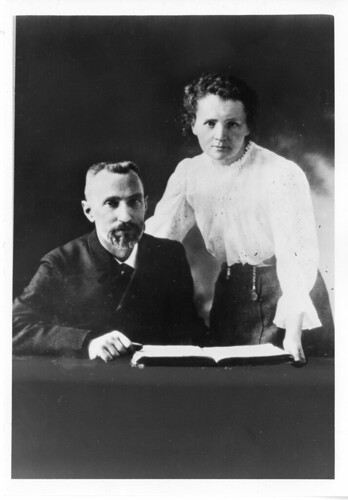
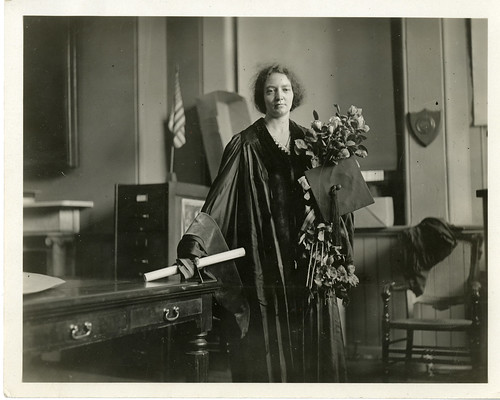
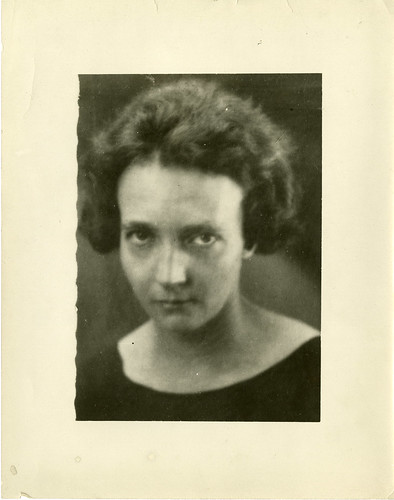
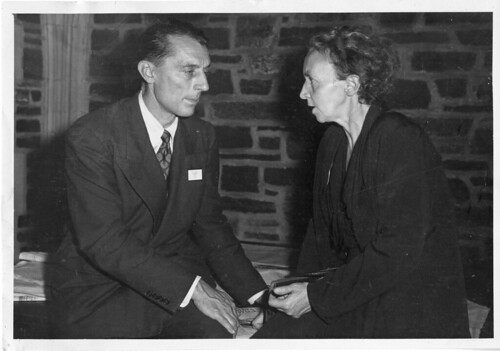
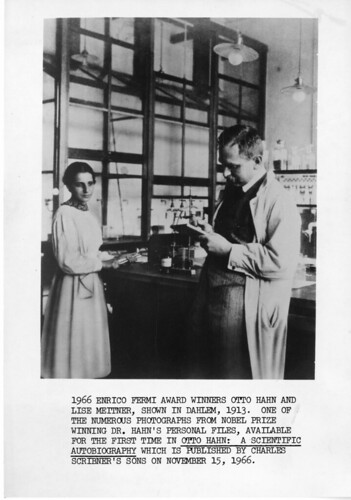

Leave a Comment